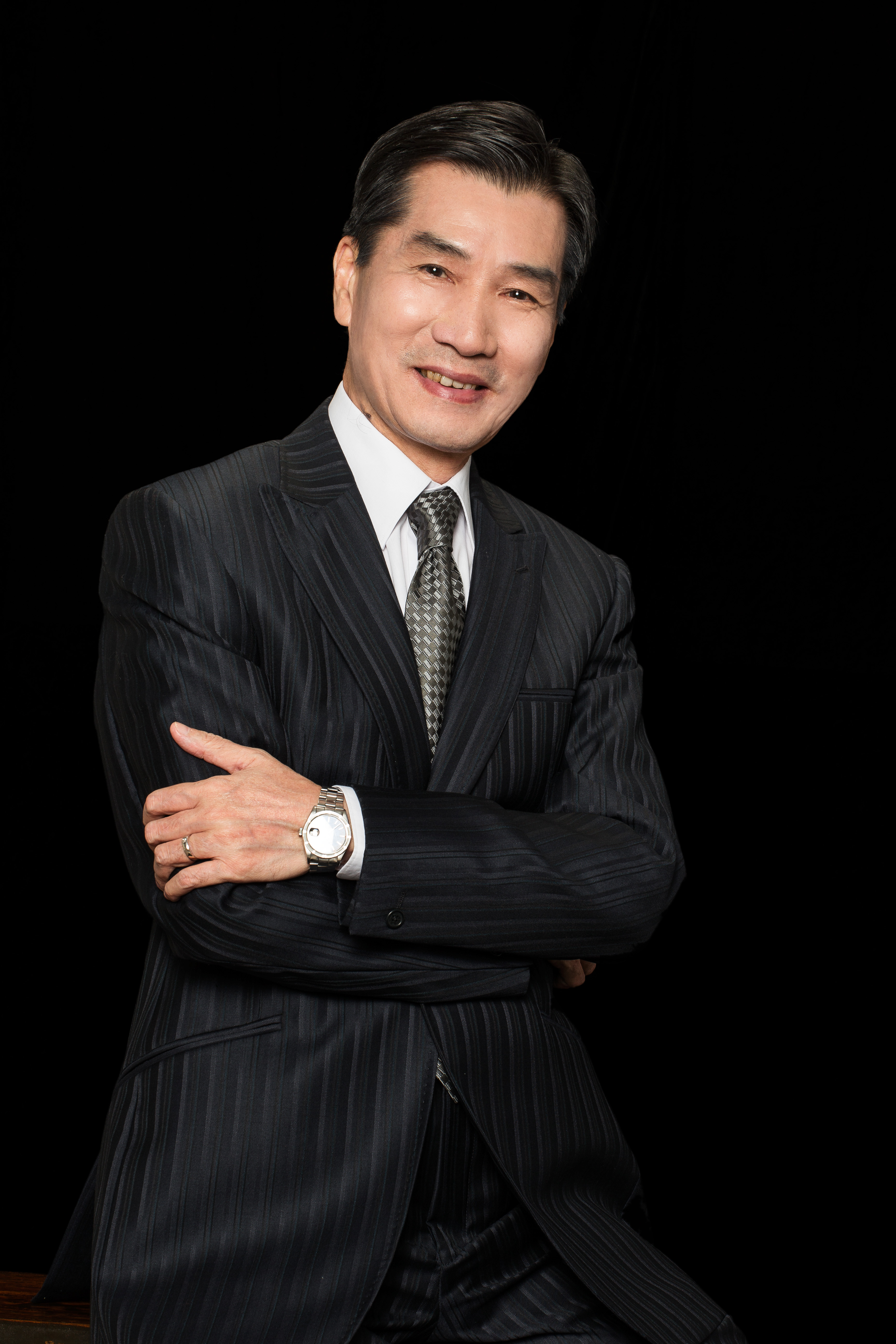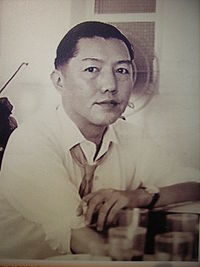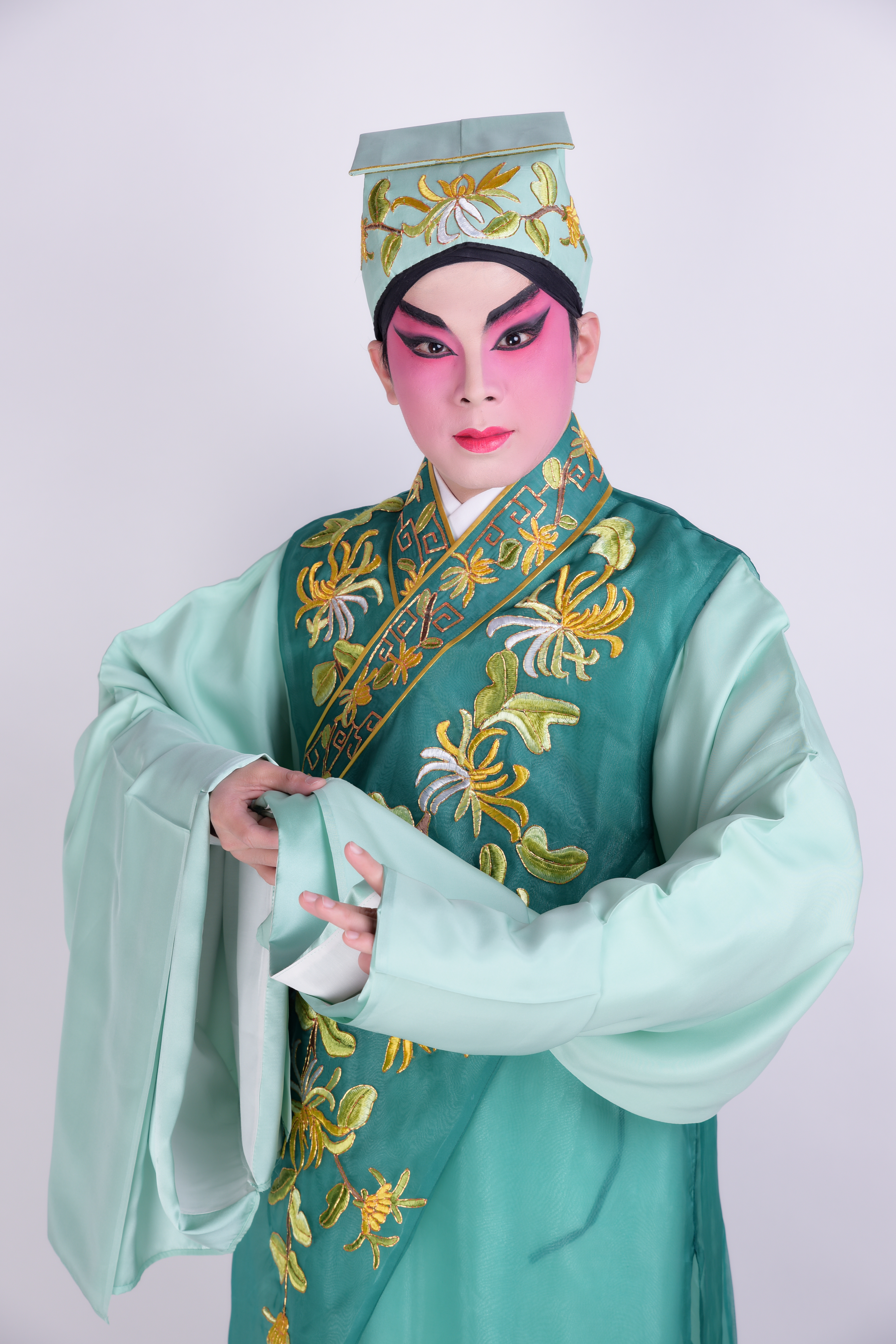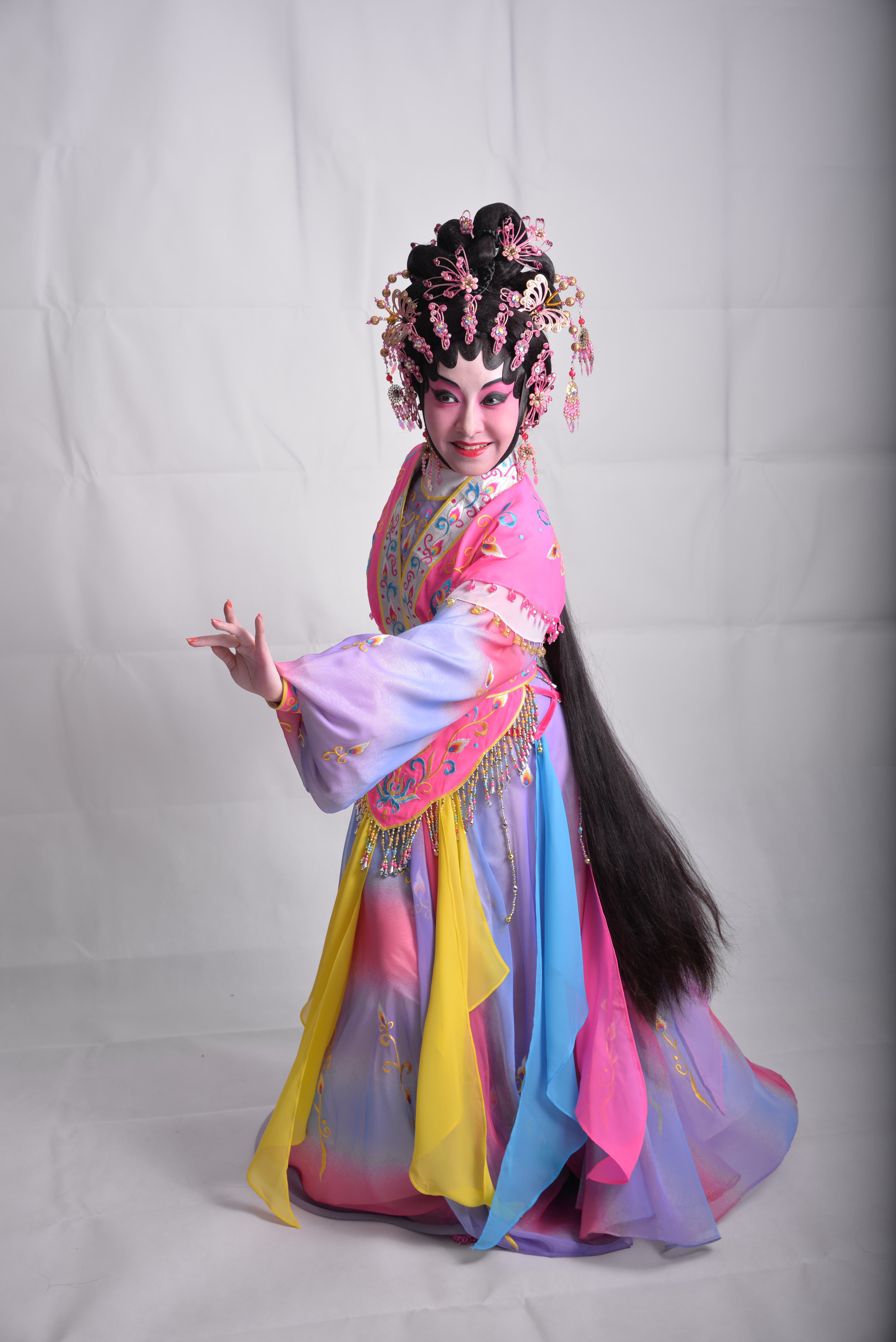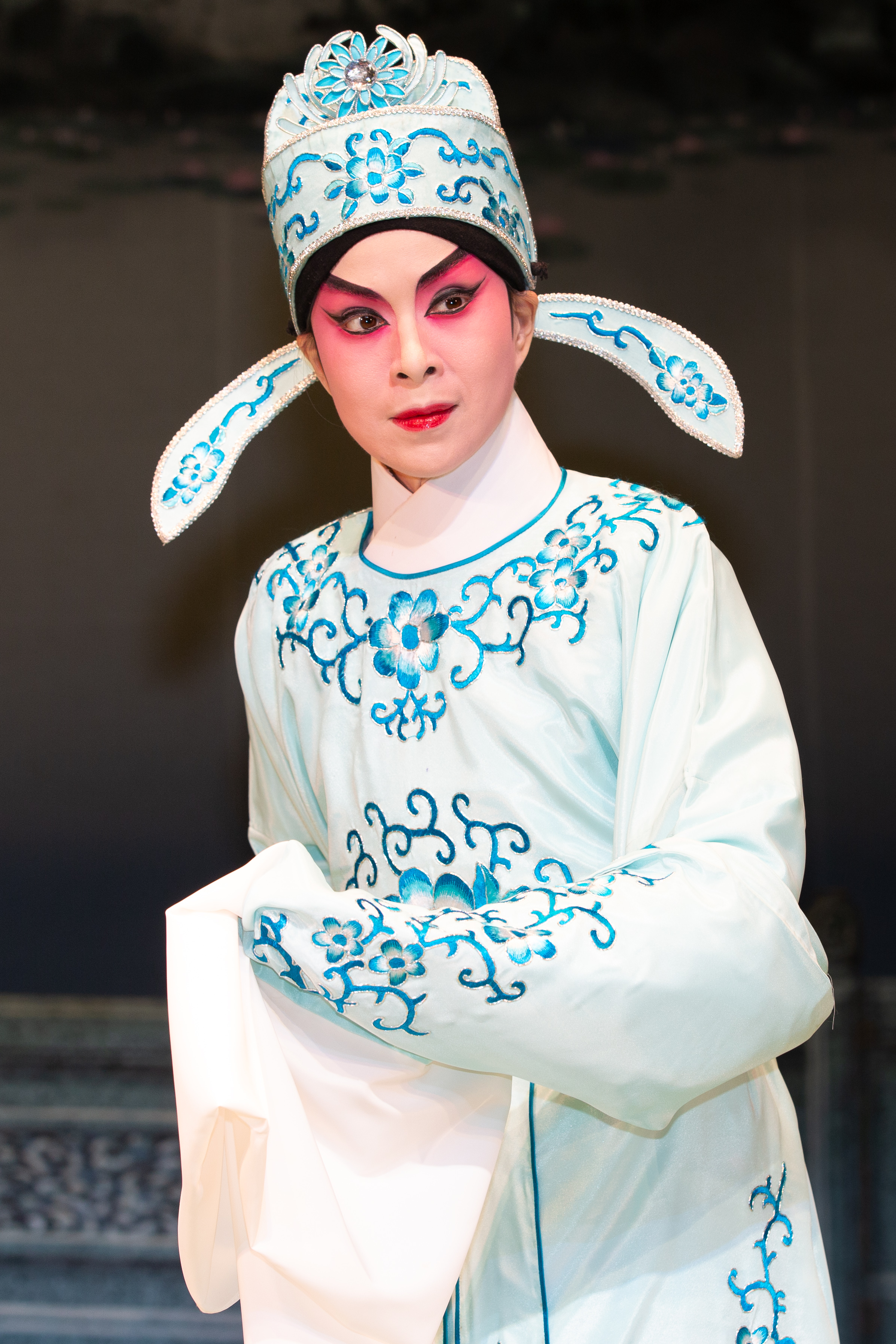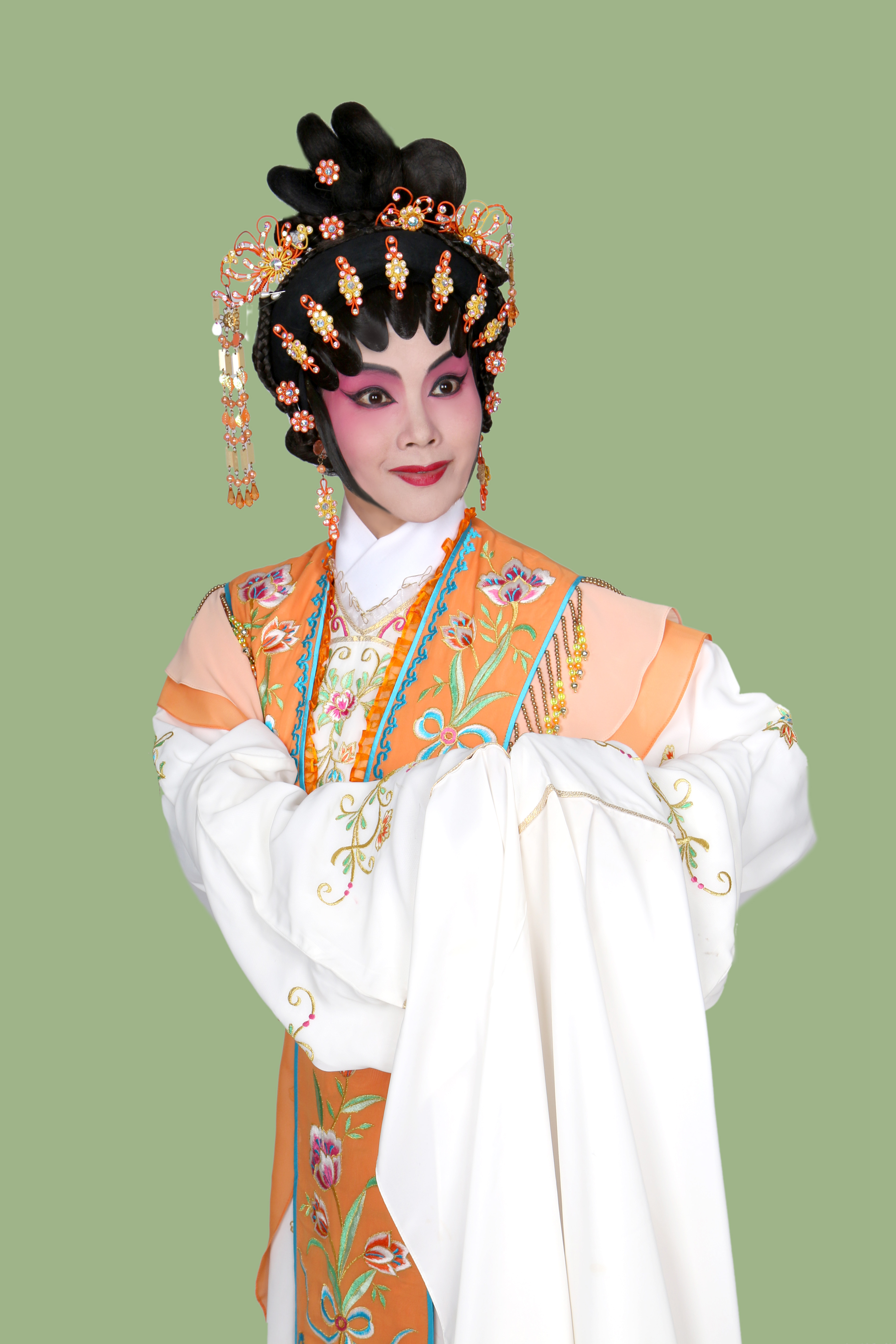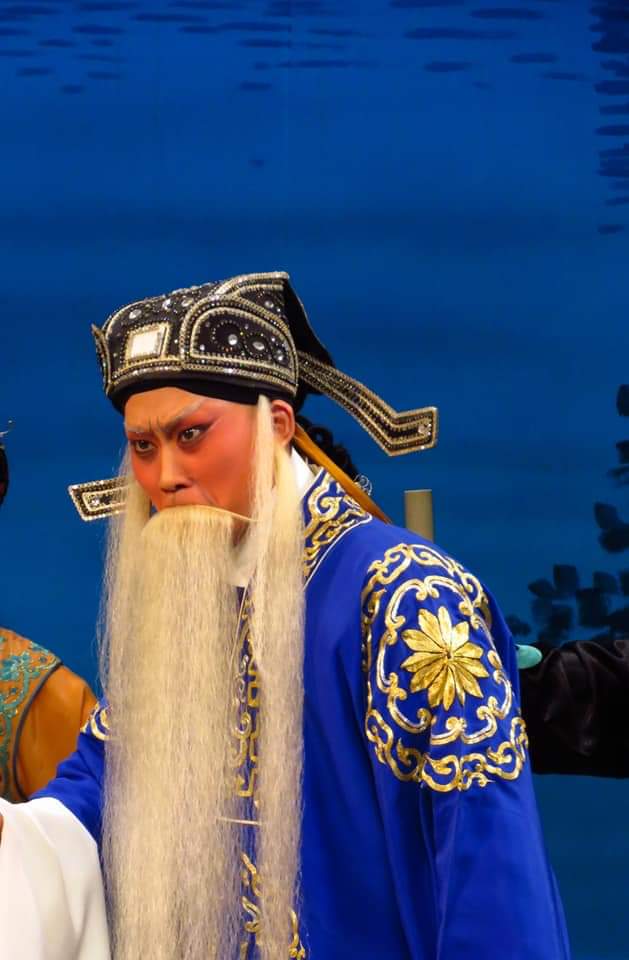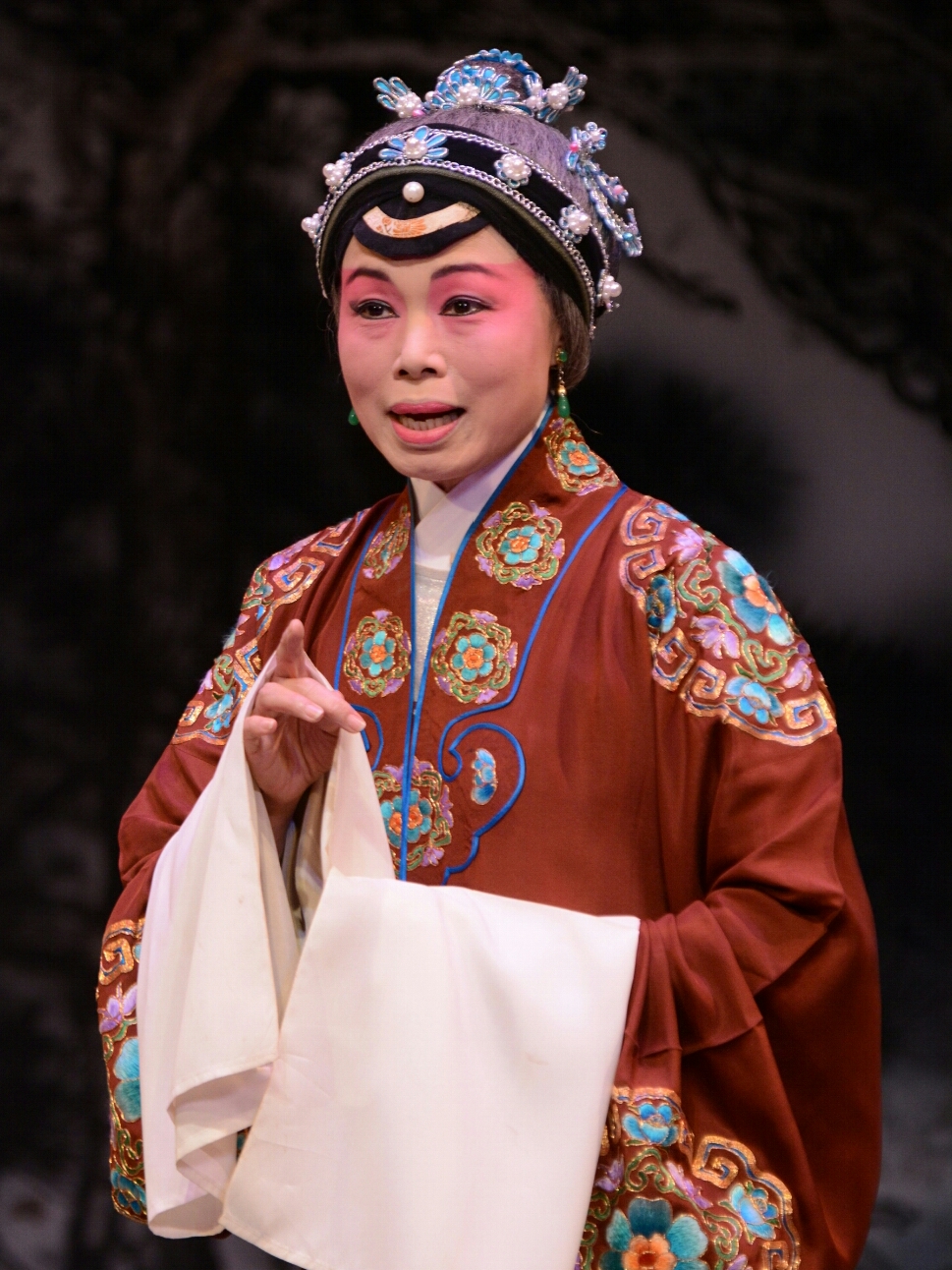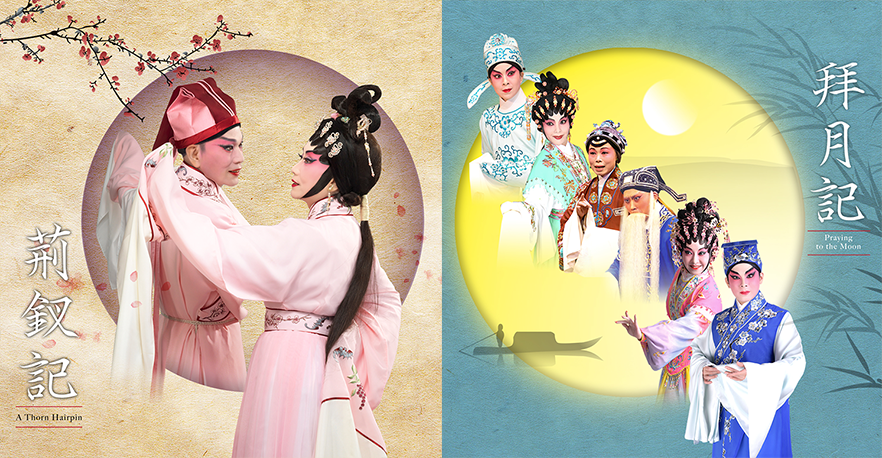Artistic Director Sun Kim-long on Praying to the Moon
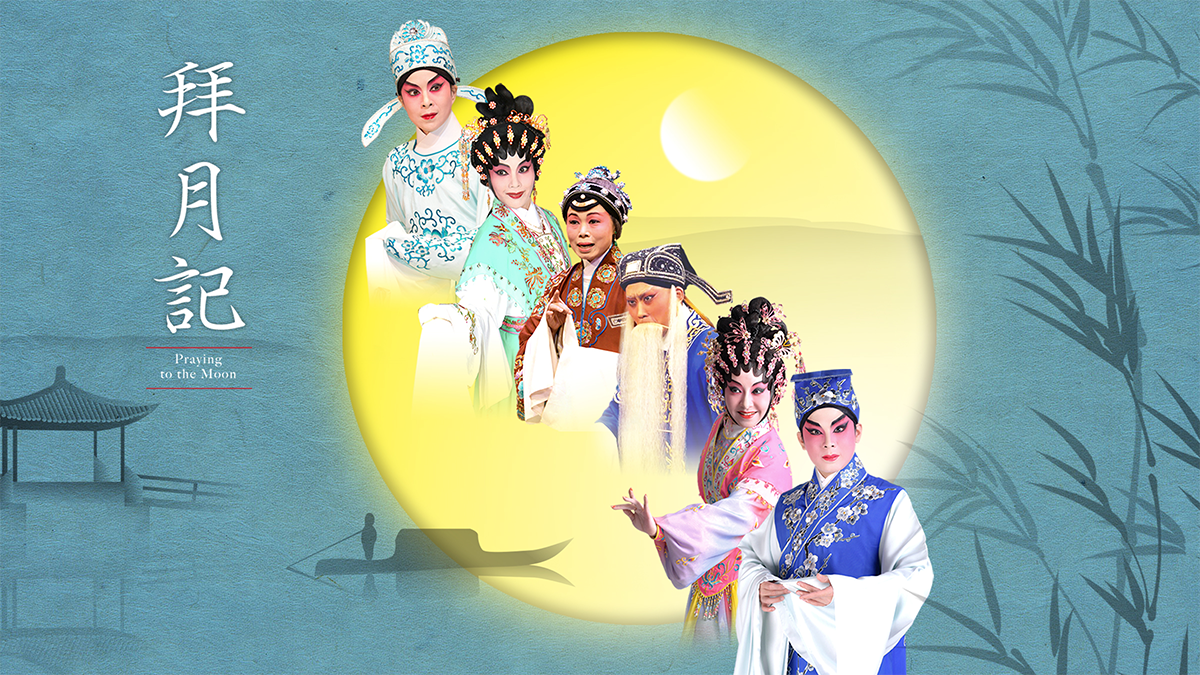
Over the years, The Moon Pavilion has been adapted into various regional styles, but Tong Tik-sang’s Praying to the Moon has never been performed in full since its 1958 debut. After this more than 60-year gap, Sun Kim-long (Tin Gor) brings audiences an authentic taste of the original with this full-length production of Praying to the Moon. Prior to the performance, he spoke to the HKAF about the opera.
What inspired you to remount the full-length version of Praying to the Moon?
I came up with the idea of re-running Praying to the Moon in full when I learned that the organisers of the Hong Kong Arts Festival’s Four Southern Opera Classics programme conceptualised the nanxi, The Moon Pavilion, as becoming part of the programme. Today, performances of the play generally kick off with the scene “Holding the Umbrella”, but Tong Tik-sang’s adaptation opens with “Rendezvous by an Umbrella”; the plot is a bit different. What was debuted in 1958 at Prince Theatre [once located near the current Allied Plaza in Prince Edward] was the complete version. Running for four-odd hours without any noise barriers, the performance disturbed the neighbourhood with its loud gongs and drums, and thus was abridged immediately from the following night.
Could you briefly describe the differences between The Moon Pavilion and Praying to the Moon?
A lengthy nanxi, The Moon Pavilion is composed of relatively complete yet cumbersome plots and is thus less inviting to perform [than other nanxi]. On the contrary, the adaptation by Tong Tik-sang demonstrates a less-is-more approach. Aside from its gorgeous songs and lyrics, this variant is written in a more concise way that easily accentuates the theatrical tensions and emotional bursts. Although his Praying to the Moon is driven by wenxi scenes dominated by singing, numerous stylised movements in fact appear throughout, including the opening and moon-praying segments.
“Moon worship” is at the core of the play. The original nanxi version features a scene in which the two huadan (young female protagonists) recognise each other as sisters; this scene is seldom staged today. To better cater to his own audiences, Tong incorporated an additional moon-praying scene, “A Heaven-sent Reunion” performed by the sheng (young male protagonists) in duet with the huadan. This approach reflects not only Tong’s playwriting talent, but also his business-oriented mind. On one hand, he created operas based on actors’ talents; on the other, he created tense plots that are comprehensible to both the educated and uneducated. The aforesaid characteristics are all unique to Tong’s playwriting. From a commercial point of view, he took into account both audience reception and box office revenue, creating a number of popular signature repertoires including Praying to the Moon.
Could you share with us some of the most memorable acts from the full version?
To me, they are the third scene, “Ailment Caused by Separation”, and the fourth scene, “The Examination Results”. The former allows the actors to unleash their acting skills through intense emotional interactions, while in the latter, the “Parade of the Top Three Scholars” excerpt mainly portrays Cheung Sai-lung achieving the title of zhuangyuan (the top candidate in the imperial examination) and parading through the streets, observed by Sui-lan’s father, who is hoping to make a good match for his daughter. Through this added scene, Tong connects the preceding and following scenes to better integrate the story structure. It was thus regrettable that it was eliminated in the abridged version.
What is the difficulty in staging the full version?
The full-length version is much longer than the typical Cantonese opera performed nowadays, spanning four hours and exceeding one night’s performance time; it is thus split into two sections. For actors, it is a challenge not only of physical endurance, but also of acquainting themselves with the unfamiliar original script. They need to spend more time to review it, figure out the characters’ unique characteristics, and master the lyrics and stylised movements from scratch.
How do you feel about staging the full version for the first time at Ko Shan Theatre?
Both Ko Shan Theatre’s stage size and supporting facilities are tailored for Cantonese opera performances. Whether it is for Praying to the Moon or not, the venue is suitable for novice actors—a place for trial and error in their careers. It is for this reason that I am thrilled to stage the full version at Ko Shan Theatre, which both pays tribute to Tong Tik-sang and fulfils the fans’ expectations.
Sun Kim-long as told to HKAF Assistant Editor Melody Lai
Web banner design: Acorn Design
